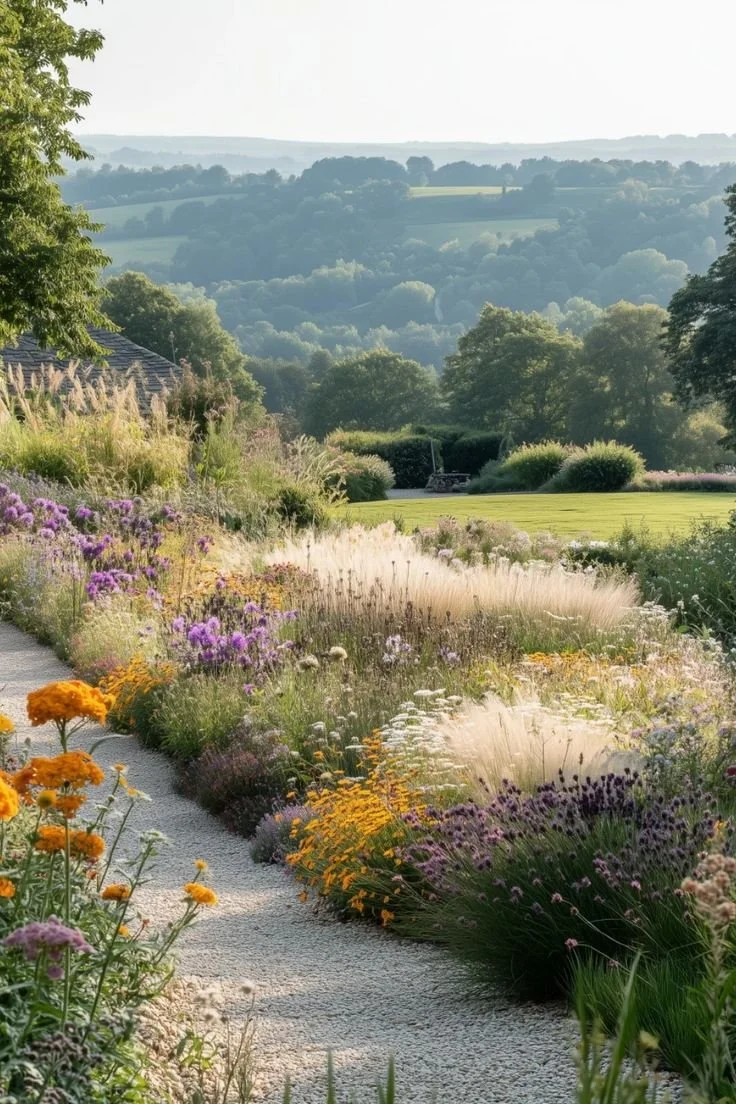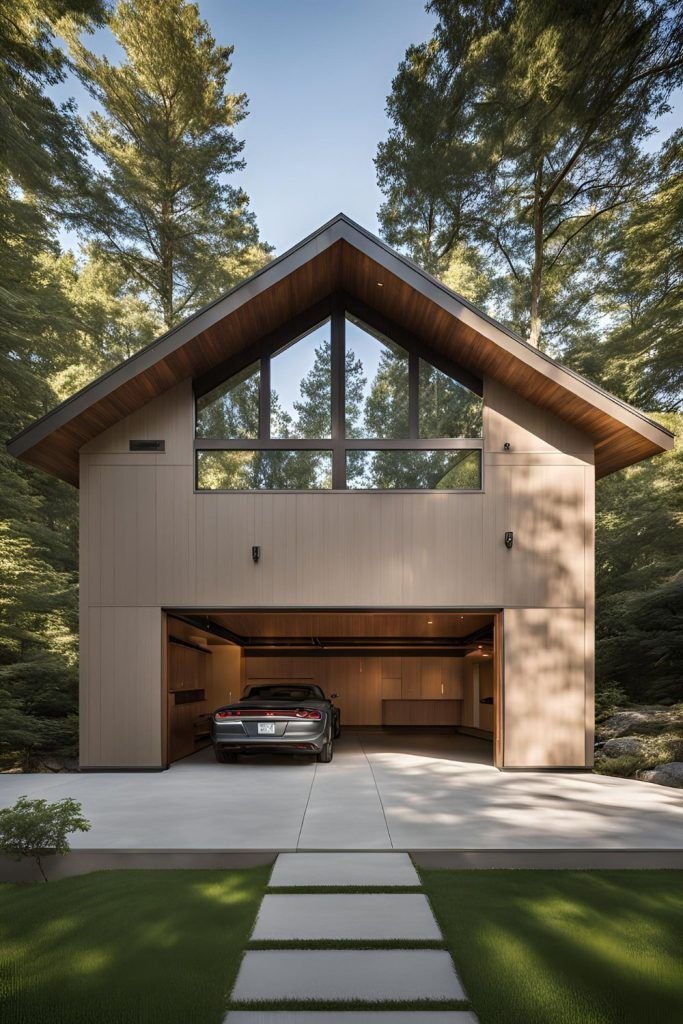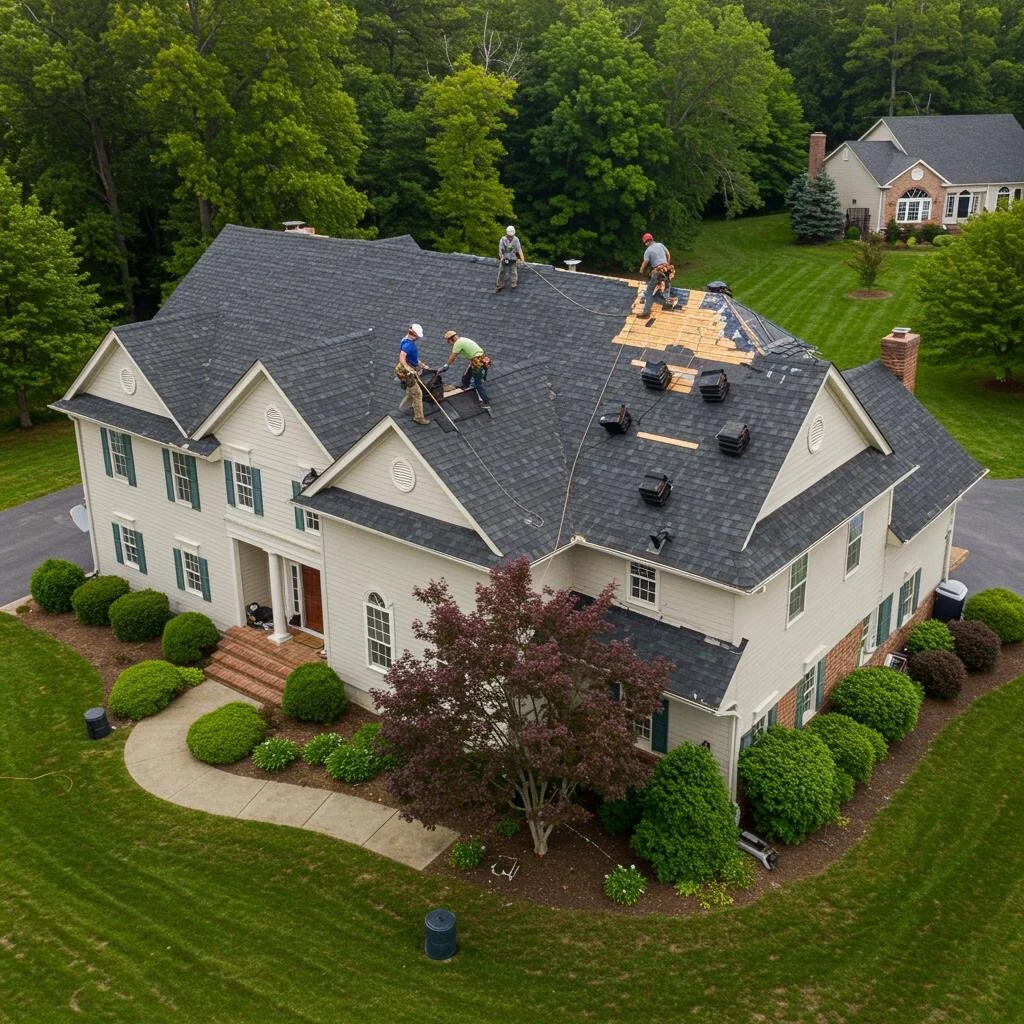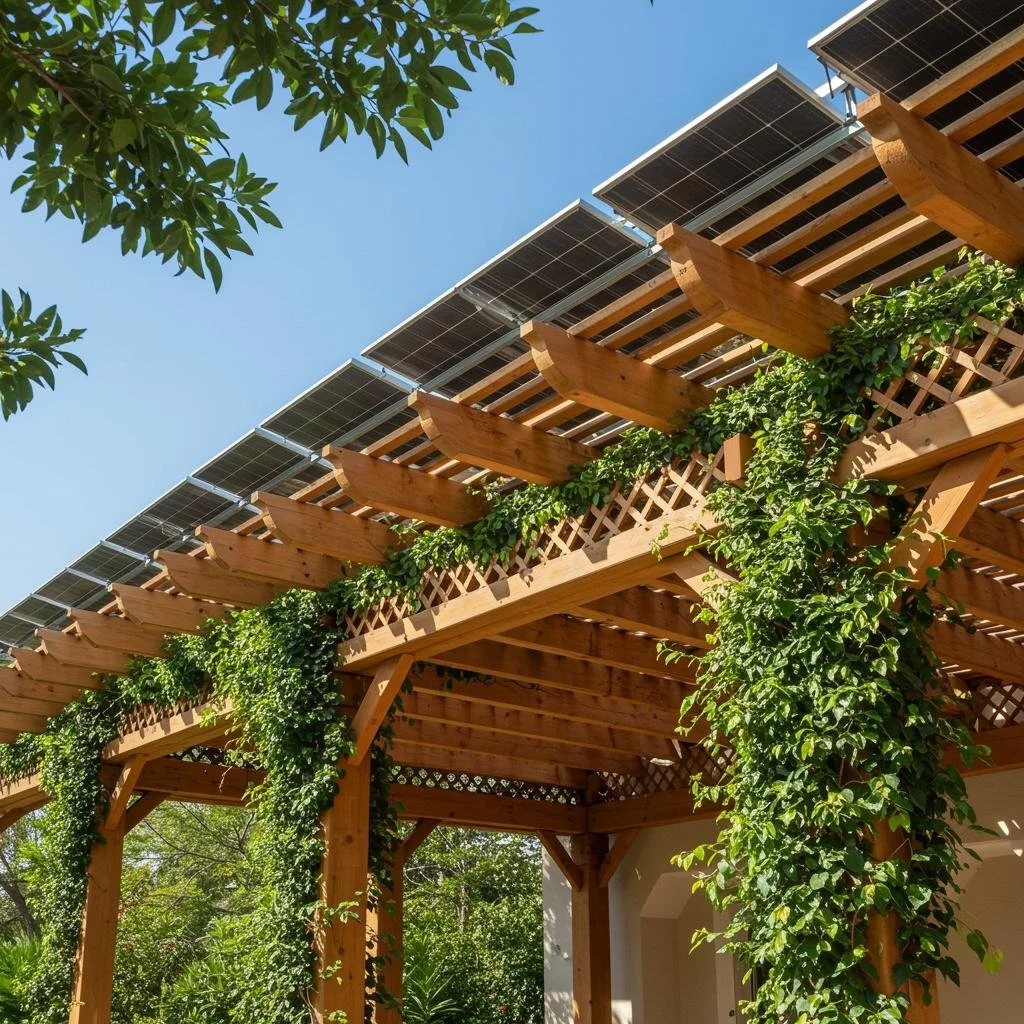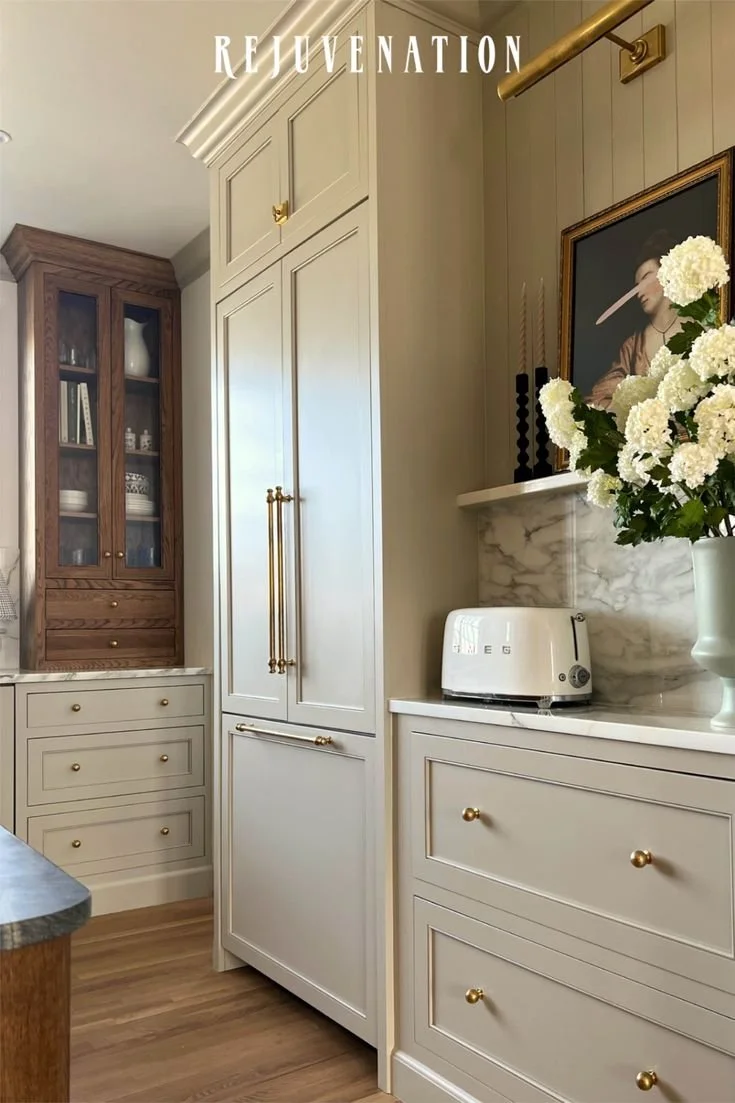The Secret To Beautiful Gardens That Stand The Test Of Time
A truly beautiful garden is more than just a collection of plants; it is a harmonious fusion of design, care, and practicality. Timeless gardens captivate visitors, enrich outdoor spaces, and retain their charm year after year.
But what’s the secret to creating a garden that endures? The key lies in thoughtful planning, selecting durable materials, and maintaining a balance between functionality and aesthetic appeal. In this article, we discuss all these things and more for a garden that stands the test of time.
No. 1
Choosing the Right Foundation for Your Garden
The foundation of any garden begins with its layout. Start by assessing your outdoor space to identify its strengths and weaknesses.
Consider factors such as:
Sunlight Exposure: Understand how much sunlight different areas of your garden receive.
Soil Quality: Evaluate the soil type and its ability to support plant growth.
Drainage: Ensure proper drainage to prevent waterlogging or erosion.
Once you’ve analyzed your garden’s natural attributes, design its layout to complement the environment rather than work against it.
Incorporate Pathways and Borders: Pathways, raised beds, and decorative borders enhance the structure and usability of your garden.
Use Metal Garden Edging: Metal edging ensures clean, defined lines that prevent soil or gravel from spilling into unwanted areas. It’s a practical and long-lasting solution that adds a sleek, professional touch to your garden.
No. 2
Selecting Durable and Weather-Resistant Materials
Materials that stand the test of time are essential for creating a garden that endures. Choose elements that can withstand changing weather conditions and require minimal maintenance.
Weather-Resistant Furniture: Invest in outdoor furniture made from materials like aluminum, teak, or synthetic wicker.
Durable Paving Stones: Opt for high-quality paving stones that resist cracking and fading over time.
Metal Garden Edging: Unlike wood or plastic, metal edging is robust, weather-resistant, and requires minimal upkeep. Its durability ensures that your garden retains its structure and elegance for years to come.
By selecting long-lasting materials, you’ll save time and money on replacements and repairs, allowing you to focus on enjoying your garden.
No. 3
Prioritizing Native and Perennial Plants
Plants are the heart of any garden, but choosing the wrong varieties can lead to high maintenance and disappointment.
Native Plants: Native plants are well-adapted to your local climate and soil conditions, making them easier to care for. They also promote biodiversity by supporting local wildlife.
Hardy Perennials: Perennials return year after year, providing consistent beauty with minimal effort.
Year-Round Interest: Incorporate a mix of flowering plants, shrubs, and evergreens to ensure your garden remains vibrant and textured throughout the seasons.
Tip: Research plants that thrive in your region and group them based on their sunlight and water needs for optimal growth.
Terrain
Indoor and outdoor living, garden, and entertaining essentials that are well-designed, lasting, and beautiful.
No. 4
Adding Sustainable Features
Sustainability is a growing priority in modern garden design. Incorporating eco-friendly practices not only benefits the environment but also enhances the longevity of your garden.
Rainwater Collection: Install rain barrels to collect and reuse water for irrigation.
Composting: Use kitchen and garden waste to create nutrient-rich compost for your soil.
Drought-Resistant Plants: Opt for species that require less water, reducing your garden’s environmental impact.
Durable features, such as metal garden edging, also contribute to sustainability by reducing waste and the need for frequent replacements.
No. 5
Balancing Form and Function
A timeless garden must strike the perfect balance between aesthetics and usability.
Think about how you intend to use the space:
Entertaining Guests: Create open areas with comfortable seating and ambient lighting.
Growing Vegetables: Dedicate raised beds or specific zones for planting fruits and vegetables.
Relaxation Retreat: Incorporate shaded areas, water features, or cozy nooks for unwinding.
Metal Garden Edging: This versatile feature can help create distinct zones within your garden, making it easier to organize spaces for relaxation, planting, or play.
No. 6
Ongoing Care and Maintenance
Even the most beautifully designed garden requires regular upkeep to stay vibrant and healthy.
Routine Tasks: Weeding, pruning, and feeding plants are essential for maintaining their health and appearance.
Structural Maintenance: Periodically inspect elements like pathways and edging for signs of wear. Metal garden edging, in particular, simplifies maintenance and keeps your garden looking fresh with minimal effort.
Tip: Establish a seasonal maintenance schedule to ensure your garden remains in top condition year-round.
Takeaways
Timeless gardens are a reflection of thoughtful planning, high-quality materials, and consistent care. By incorporating features like metal garden edging, selecting native plants, and adopting sustainable practices, you can create an outdoor space that is both beautiful and enduring.
With the right approach, your garden can become a cherished retreat—a place where functionality meets aesthetic appeal, and where your dedication and creativity shine. Invest in your garden today, and enjoy its beauty for generations to come.
Looking For Home Resources?
Looking to enhance your living space and create a sanctuary that supports your well-being? Explore our home partners who offer a wide range of resources to elevate your home environment.







